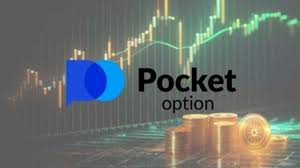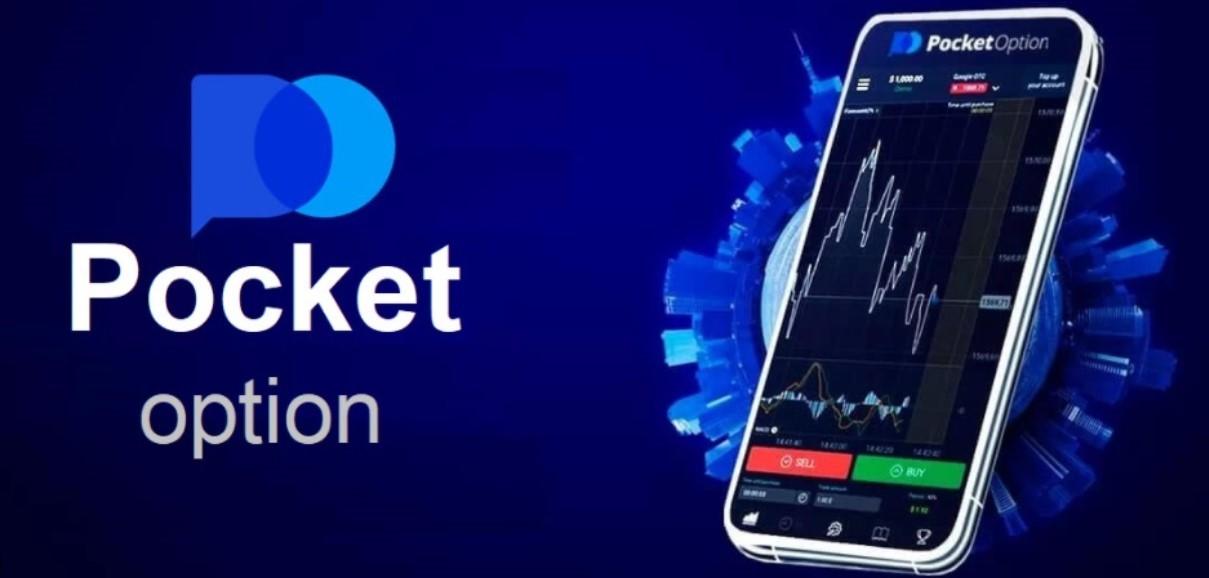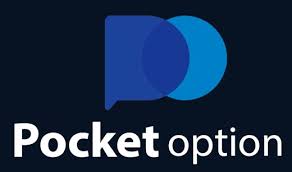Pocket Option Fees Explained Your Comprehensive Guide

Pocket Option Fees: A Detailed Overview
Understanding Pocket Option Fees frais de Pocket Option is essential for any trader who intends to utilize this popular trading platform. As with any financial service, knowing the fee structure will allow you to make informed decisions and better manage your trading strategy. This article aims to provide a thorough analysis of Pocket Option fees, including trading fees, deposit and withdrawal fees, inactivity charges, and other considerations that can impact your overall trading costs.
1. Introduction to Pocket Option
Pocket Option is a well-known binary options trading platform that has gained popularity for its user-friendly interface and a wide range of trading tools. Launched in 2017, the platform has made a significant mark in the financial trading world, catering to both novice and experienced traders. However, as with any trading platform, understanding the associated fees is crucial for maximizing your trading experience and avoiding unnecessary expenses.
2. Types of Fees Associated with Pocket Option
When trading on Pocket Option, there are several types of fees that traders should be aware of. These include:
2.1. Trading Fees
Trading fees refer to the costs incurred during the process of executing trades. Pocket Option does not charge any commissions on the trades you make; instead, their revenue is generated through the spread. The spread is the difference between the buy (ask) price and the sell (bid) price of an asset. As a trader, you may notice that the spread can vary depending on the market conditions and the asset being traded.
2.2. Deposit Fees

When it comes to depositing funds into your Pocket Option account, it’s essential to know that the platform does not charge any deposit fees for most payment methods. Traders can deposit using various options, including credit/debit cards, cryptocurrencies, and electronic payment systems. However, it’s important to check if the payment processor you choose imposes any fees, which can be common with certain e-wallet services or credit card transactions.
2.3. Withdrawal Fees
Withdrawing funds from your Pocket Option account may incur fees depending on the method used for withdrawal. While some methods may allow for free withdrawals, others may charge a fee. For example, cryptocurrency withdrawals often come with minimal fees associated with network transactions, while some e-wallets may charge a percentage of the total withdrawal amount. It’s advisable to review the specific withdrawal options and their respective fees directly on the Pocket Option platform for the most accurate information.
2.4. Inactivity Fees
Trading platforms often implement inactivity fees to encourage regular trading activity. Pocket Option charges an inactivity fee if your account remains dormant for an extended period. Typically, this fee is charged if there are no trades or deposits made in a given timeframe, which varies by platform. As a user, it’s crucial to remain active to avoid these charges. You can do this by occasionally logging in and executing trades to keep your account in good standing.
2.5. Currency Conversion Fees
If you are trading in a currency different from your account’s base currency, you may encounter currency conversion fees. These fees arise during the conversion of funds from one currency to another when making deposits or withdrawals. Be aware of the current exchange rates and any fees associated with currency conversion to ensure you are fully informed of your total costs.
3. How to Minimize Your Pocket Option Fees
As a trader, managing and minimizing your fees can greatly enhance your profitability. Here are some practical tips to consider:
3.1. Choose the Right Payment Method

Selecting a deposit and withdrawal method that incurs minimal or no fees is a great way to keep costs down. Check the payment options available on Pocket Option and consider opting for those that offer lower associated fees, such as e-wallets or cryptocurrencies.
3.2. Stay Active to Avoid Inactivity Fees
Regular trading activity can help you avoid inactivity fees. Make it a habit to execute trades periodically, even if they are small, to keep your account active and avoid unwanted charges.
3.3. Understand the Spread
Pay attention to the spread for different assets and trading pairs. The spread can impact your overall trading cost, so consider choosing assets with lower spreads for more favorable trading conditions.
3.4. Calculate Total Costs Before Trading
Before executing a trade, it’s essential to calculate the total costs involved, including any potential trading fees from the spread. Knowing your entry and exit points, as well as any conversion fees, can help ensure your trades are profitable.
4. Conclusion
In summary, understanding the various fees associated with Pocket Option is vital for successful trading on the platform. From trading fees to withdrawal charges and inactivity fees, knowing these costs can help you avoid surprises and optimize your trading strategy. By being mindful of your trading activity and choosing economical payment methods, you can minimize your overall expenses and maximize your trading potential. With careful planning and insight into the fee structure, you can enjoy a more streamlined trading experience on Pocket Option.
Always remember to conduct thorough research and stay informed about any changes to the fee structure, as trading platforms often update their policies. Happy trading!
